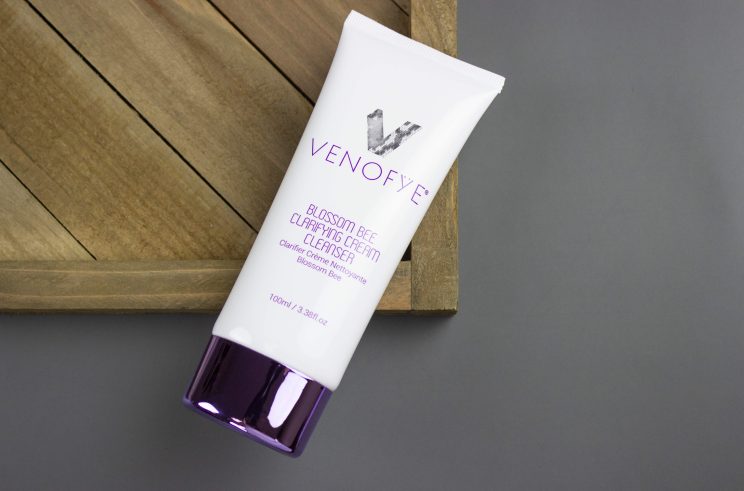Your skin’s natural radiance can be diminished by various lifestyle and diet-related factors; however, with proper maintenance regimen, dull-looking skin can be rejuvenated to its former glory.
Dry skin often looks flaky and scaly, and seasonal changes and indoor heating can worsen its condition. By choosing moisturizers and exfoliants specifically tailored to dry skin types, adding new moisturizers or exfoliants, it may help your complexion appear more vibrant.
1. Cleanse Daily
Cleansing should always be part of any effective skincare routine, as its importance cannot be overstated. Without it, oils and debris buildup on your complexion clogging pores and leading to skin issues like breakouts or dullness.
Cleansing your face regularly can help address such issues by eliminating excess oil, dirt and dead skin cells that clog pores and cause inflammation. Furthermore, regular face-washing enables your skin to fully absorb products such as toner, serum or sunscreen that you may use.
If you have dry skin, find a gentle cleanser without fragrances or alcohol (both of which can further dry out your complexion), rinse with warm water after using, and follow with your regular moisturizer. For oily or combination skin types, an exfoliating cleanser may help clear away buildup that leads to congestion of pores.
Even if you have normal skin, it is still wise to cleanse twice each day–once in the morning and once at night–in order to rid your complexion of any extra oil or makeup residue that may have built up overnight. Washing twice also prepares the complexion for any additional treatments you might add to your regimen, such as exfoliation products or serums tailored towards specific concerns. Once completed, pat your face dry with a soft towel before applying your moisturizer of choice.
2. Tone
Everyday your skin comes into contact with various impurities–from air pollution and germs to chemicals–which attach themselves to its surface and dull its natural sheen, as well as penetrate pores and cause breakouts that accelerate aging. Toning removes these impurities to maintain clear complexions and enhance the effectiveness of other skincare routines.
There is an assortment of toner products on the market today, ranging from less expensive alcohol-based solutions to more intensive treatments tailored for specific skin concerns. All toners should serve to rebalance your complexion after cleansing and provide an ideal “base” for subsequent steps such as exfoliation and moisturizer application.
One way to determine your skin type is by cleansing and then feeling how your skin feels without anything on it – does it feel tight and taut, oily in the T-Zone or both. “This will give an idea of whether your skin is dry, oily or normal,” according to Skin Expert and Pro Facialist Fiona Brackenbury.
Sleep, diet and hydration will all play an essential part in keeping skin in good condition. Eliminating hairspray, gel and hats that clog pores as well as smoking – which yellows the skin – is also key. Finally, don’t forget your sunscreen!
3. Moisturize
There are plenty of opinions out there on which beauty products work best for your skin, yet a successful skin-care routine shouldn’t just focus on finding one specific product to meet all your needs; rather it should create an ongoing routine which monitors changes to your complexion over time while adapting your products as your needs shift.
One of the key steps for improving dull skin is moisturization, which can make your complexion appear brighter and soften its surface cells that don’t reflect light evenly, leading to uneven tones and textures. Regular moisturizing keeps skin supple and hydrated – not only improving its look but also decreasing fine lines and wrinkles!
Moisturizers come in various textures, ingredients, and formulations designed to meet the needs of all skin types. If you have oily skin, look for lightweight products with non-clogging ingredients such as salicylic acid or niacinamide that won’t clog your pores; for dry skin try creams with occlusive properties such as petrolatum or mineral oils; sensitive skin may benefit more from hypoallergenic fragrance-free options with soothing shea butter, chamomile flowers or aloe vera.
Apply moisturizer while your face is still damp after cleansing and toning to help lock in moisture and lock away dryness caused by cold temperatures, hot water and heating systems, or the environment in general. It’s especially essential during the winter when cold weather can contribute to further dehydration (as can hot water/heating systems). Also use an intensive moisturizing cream prior to applying sunscreen or makeup so as not to create unwanted lines in the skin’s surface.
4. Exfoliate
Dead skin cells accumulated on your face can make it appear dull and uneven, dulling its natural glow. Exfoliation is one way to revive this glow by gently exfoliating away dead cells to reveal fresh new ones beneath.
Exfoliation can be accomplished either physically or chemically; which option best suits your skin type depends on its sensitivity. Chemical exfoliants like AHAs and BHAs can be effective ways of resurfacing skin and diminishing dark spots caused by sun exposure; while physical exfoliation requires manually scrubbing away dead cells and excess oil using a scrub or brush; this approach may prove especially helpful if you suffer from oily skin or have large pores.
Once your pores are clear, other products like serums and moisturizers will penetrate deeper, leading to improved results and creating a more radiant appearance.
Physical products to exfoliate skin include using a muslin washcloth or homemade scrub with coconut oil and coffee grounds or sugar, making sure not to overscrub as this could lead to irritation. After exfoliation, always follow up with a hydrating product such as serum with powerful antioxidants which will seal in moisture and prevent dehydration – these ingredients may also help improve tired-looking skin while slowing signs of aging.




